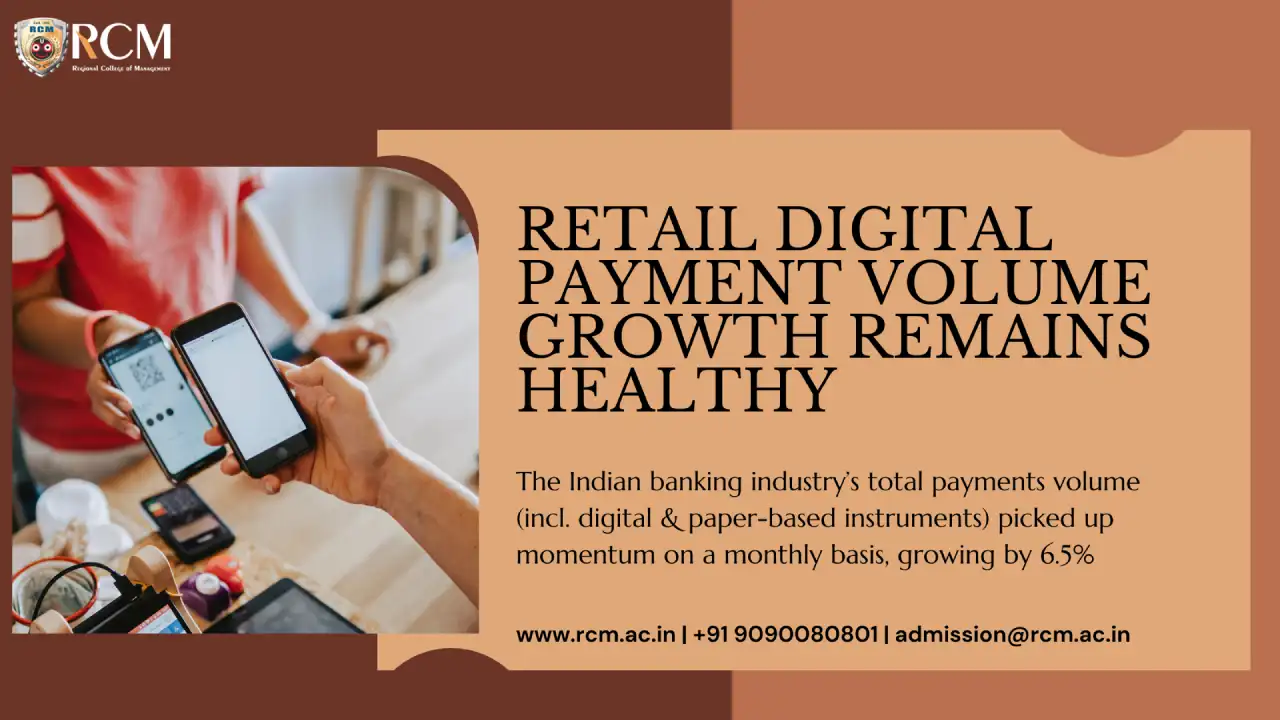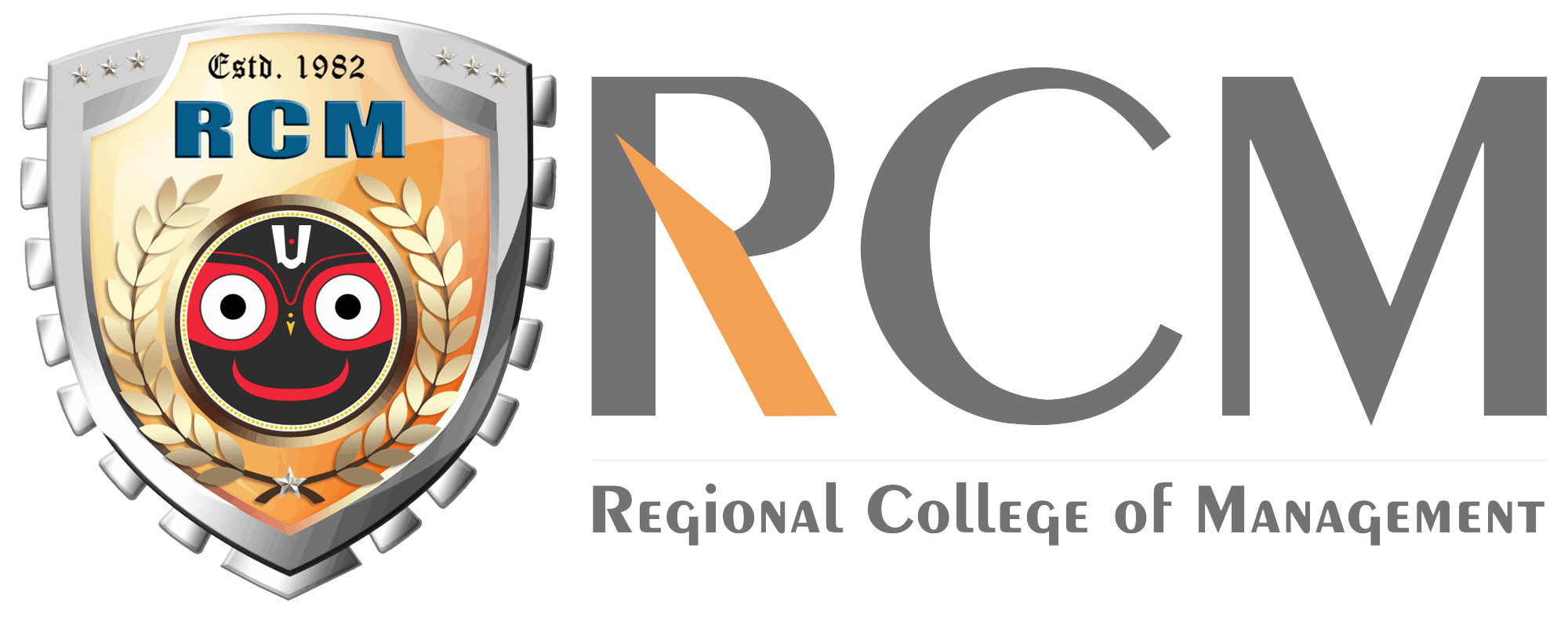Prof. Sanjay K. Parida || M.Com., MBA (Finance) || Academic Head, MBA
Key Points
- As of May’23, the Indian banking industry’s total payments volume (incl. digital & paper-based instruments) picked up momentum on a monthly basis, growing by 6.5% MoM (vs. a drop of 0.5% MoM on April 23) and 40% YoY. Also, retail payment volume growth remained healthy at 40% YoY.
- SBI continues to hold the highest market share in terms of outstanding debit cards at 28.1% despite consistently losing market share. Moreover, on an incremental basis, BOI followed by BOB and AXIS Bank issued the highest number of debit cards in May’23.
- SBI CARDS issued the highest number of credit cards in May’23, leading to market share gain followed by HDFC Bank and AXIS. On a YoY basis, HDFC Bank continued to lose market share for more than two years at 20.7% vs. 23.9% in April’21. This is indicative of the shift towards Digital Payment methods.
Payment volume and value show momentum on an Incremental basis:
Overall, the Indian banking payments system’s total payments on an incremental basis picked up after declining in April’23, increasing by ~8% MoM to Rs190.5trn while growing by 17.2% YoY. Retail digital payments (constituting 96.7% of total payments) increased by 18% YoY to Rs61.7trn. Adoption of Digital Payment has played a significant role in this increase.
Indian banking system’s retail digital payments picked up momentum and registered a growth of 7.3% MoM (in value terms). Within retail digital transactions, credit transfers (NEFT, UPI, IMPS & NACH credit) accounted for ~84.3% of total retail payment transactions in value terms, which grew by 24% YoY to ~Rs51trn. Retail credit transfer growth was driven by UPI, NACH, and IMPS at 43%, 26%, and 17% YoY, respectively. As a result, the composition of the same witnessed a strong uptick. Moreover, total payment volume increased by 6.5% MoM/41% YoY.
Debit cards pick up pace:
Debit card issuance picked up pace marginally in May’23, growing by 6.1% YoY (0.7% MoM) to 973mn vs. 5.1% YoY (0.6% MoM) in April’23. The debit card base has clocked a CAGR of ~4% over the last two years. The industry issued 9.5mn debit cards in May’23. Total transaction value continued to decline for the fourth consecutive month, dropping by 4% YoY. Additionally, on an incremental basis, spending declined for the second straight month by 1.5% to Rs3.3trn. The per debit card withdrawal/spend at ATM and POS declined after increasing for two consecutive months and stood at Rs2,855 and Rs365, respectively. Digital Payment methods continue to gain popularity.
Among the major PSBs, SBI continued to hold the top spot for the number of active debit cards. However, it has been consistently losing market share over the last 15 months, which stood at 28.1%. In contrast, throughout the same time period, BOB, CBK, and INBK were able to grow and maintain their market share. The market share for major private banks (HDFCB/ICICIB/AXSB/KMB/IIB) was relatively stable at 5.3%/3.4%/3.2%/2.9%/0.9%. On an incremental basis, among the top five issuers of debit cards, BOI issued the highest number of cards at ~1.3mn, contributing ~19% to total cards issued in May’23 followed by BOB at ~1.2mn. Additionally, the top five banks issued 59% of all debit cards in May’23.
Credit card payment growth moderating:
The outstanding credit card growth for the industry has been moderating over the past eight months but remained healthy at 14.1% YoY while it has clocked a CAGR of 18.6% over two years. Additionally, on an incremental basis, growth was stable at 1.4% MoM. Moreover, credit card transaction value grew by ~24% YoY while on an incremental basis, the transaction value increased by ~6% MoM after declining by 3.3% MoM in April’23. The integration of Digital Payment options has enhanced this trend.
Per credit card spending increased to Rs16,072 in May’23 after moderating to Rs15,388 in April’23. Per card spending was the highest during the festive season in Oct’22 at Rs16,343, but the same has been range-bound at ~Rs14,200-15,500 since then. However, it came in at Rs16,143 in March’23. For the banking industry, the credit card spends-debit card spending ratio increased marginally to 0.43x in May’23, coming above the normalized level of 0.35x. The proportion of average spend per credit card at POS terminals/e-commerce/ATM withdrawals stood at 36%/63.7%/0.3% vs. 38.7%/60.9%/0.4% in April’23.
SBI CARD issued the highest number of credit cards in May’23 followed by HDFC Bank and AXIS. Moreover, SBI CARDS/HDFC Bank/AXIS/ICICI constituted 22.7%/19.7%/15.9%/8.3% of the total credit cards issued in May’23 and consequently, their market share stood at 19.5%/20.7%/14.2%/ 16.7%. Overall, on an incremental basis, HDFC Bank lost market share after gaining marginally in April’23 while SBI CARDS, which had been gaining market share previously, has lost share for the past three months. The market concentration of the top five credit card players increased to ~76%. As such, we see a move towards further adoption of Digital Payment methods.
Exhibit 1: Growth trajectories of payment instruments (for May 23)
| Growth (%) | MoM | YoY |
| No. of ATM | 0.0 | 0.8 |
| ATM transaction value | -1.1 | -0.3 |
| No. of POS | 1.6 | 29.0 |
| POS spends | -3.2 | -0.2 |
| No. of Credit card | 1.4 | 14.1 |
| Credit card spend | 5.9 | 23.7 |
| No. of Debit card | 0.7 | 6.1 |
| Debit card spends | -1.5 | -4.0 |
| No. of Mobile volumes | 4.5 | 36.1 |
| Mobile transactions | 5.3 | 29.4 |
| No. of UPI volumes | 14.8 | 60.0 |
| UPI transactions | 13.7 | 46.3 |
| No. of IMPS volumes | 11.0 | 1.0 |
| IMPS transactions | 16.6 | 18.2 |
| RTGS volumes | 9.4 | 12.7 |
| RTGS transactions | 9.2 | 15.9 |




















